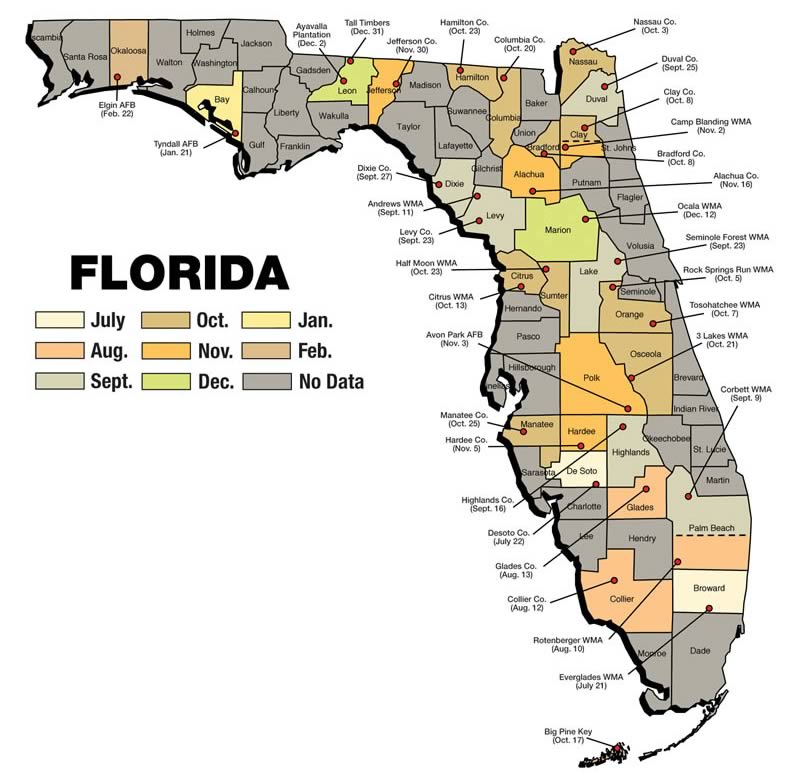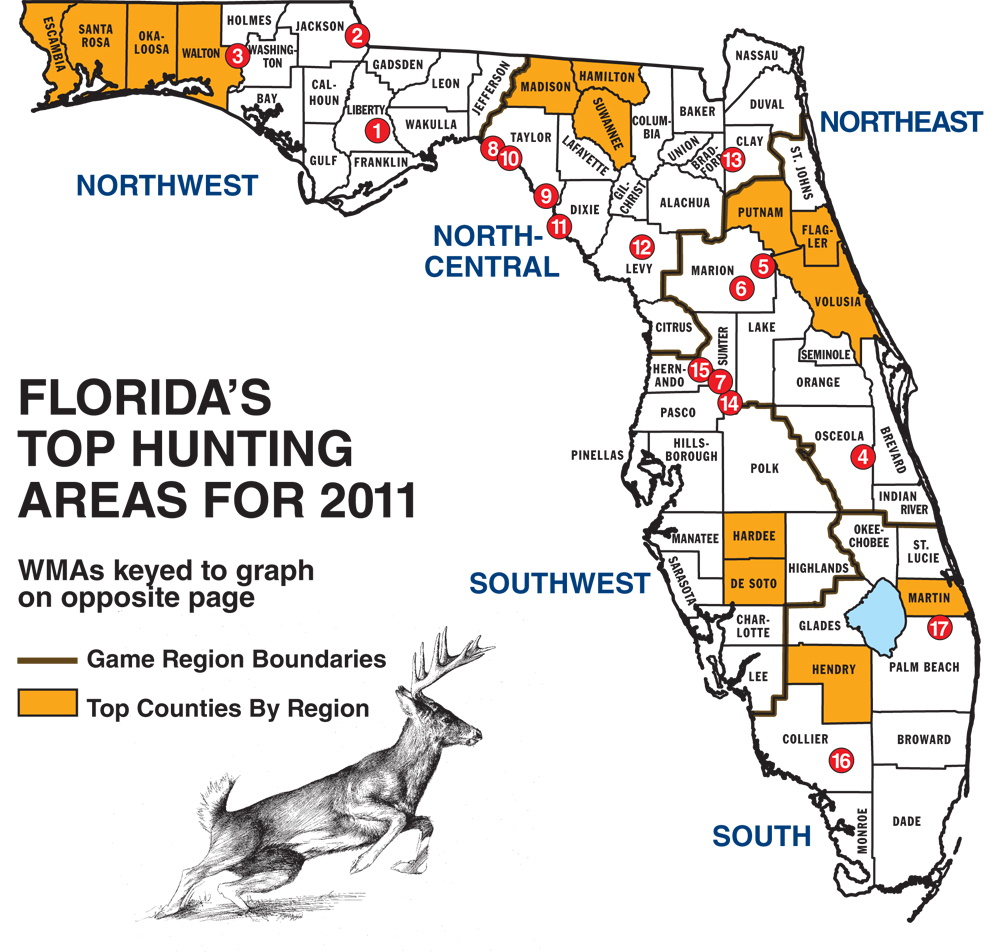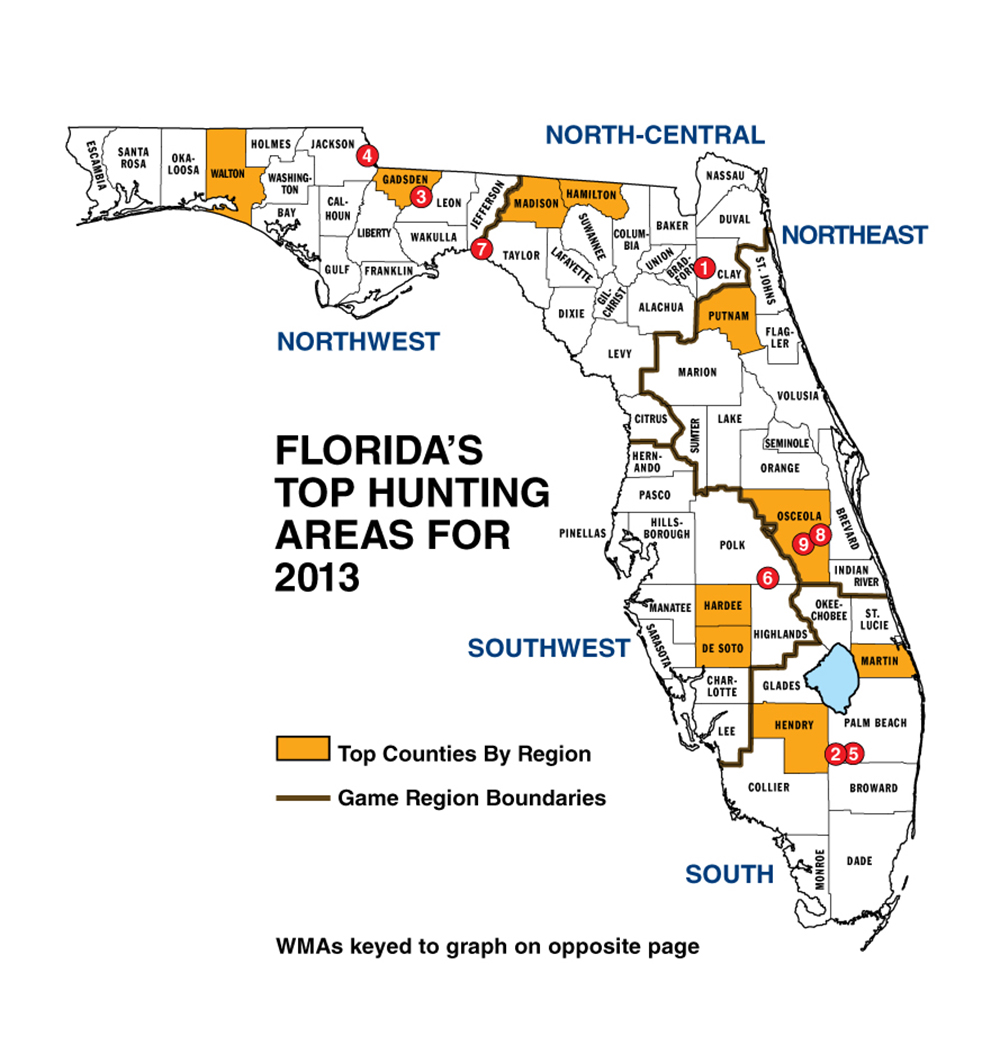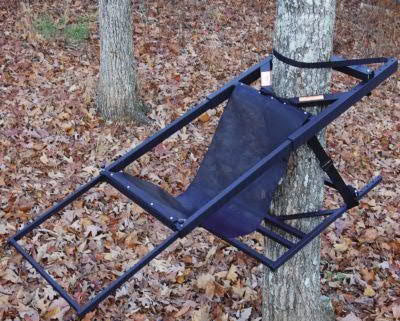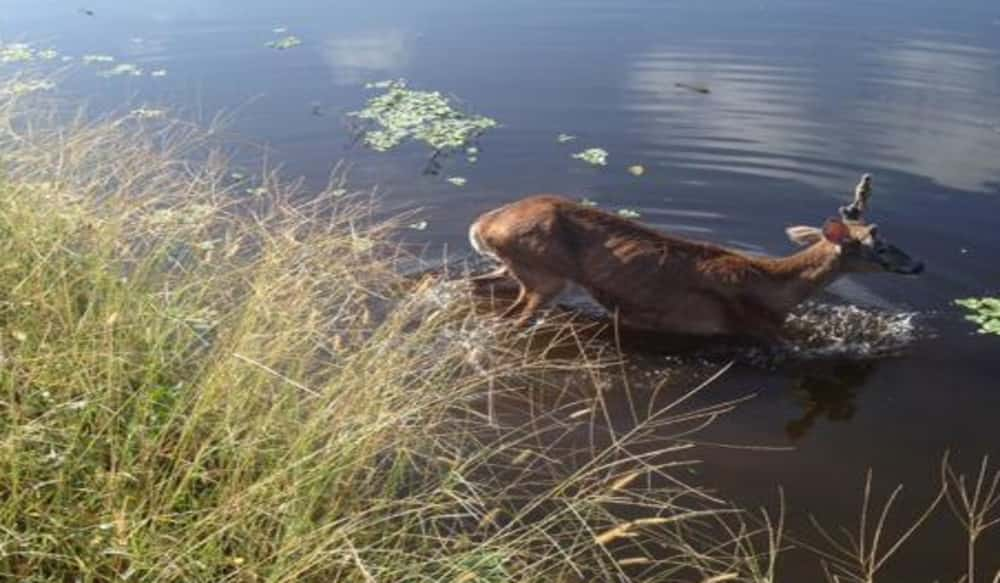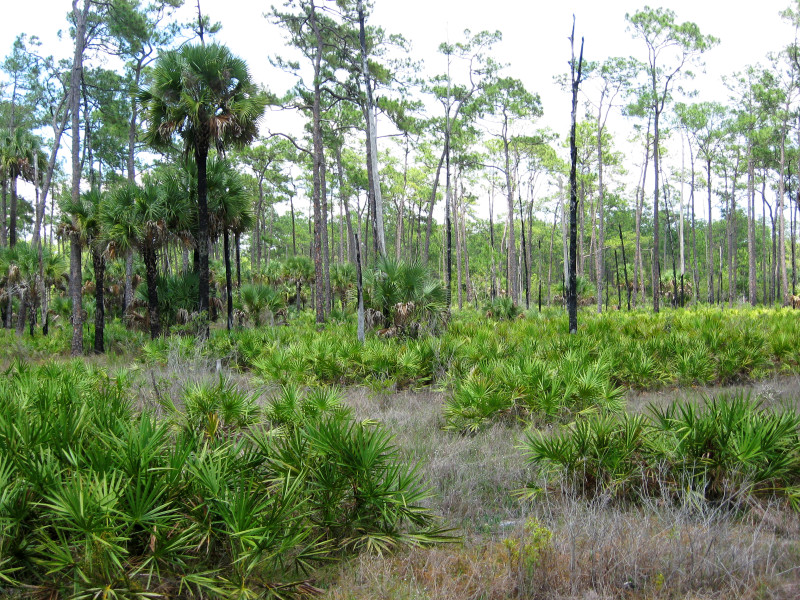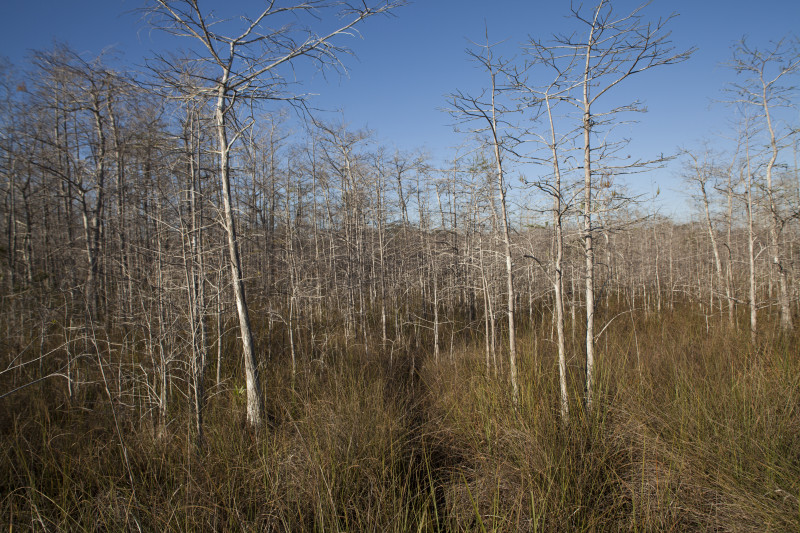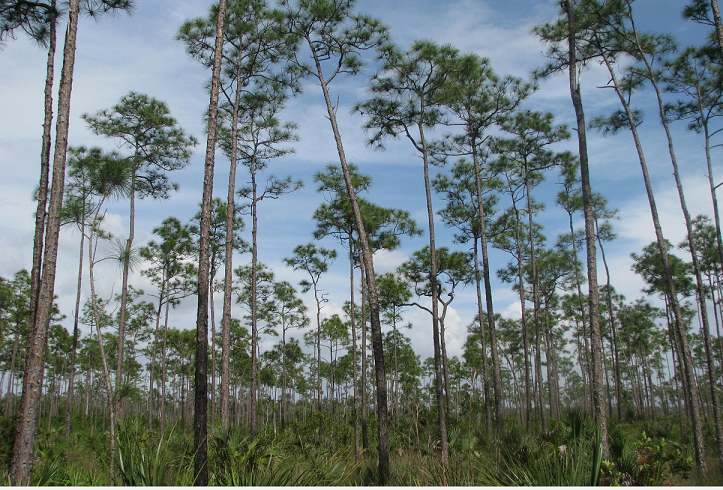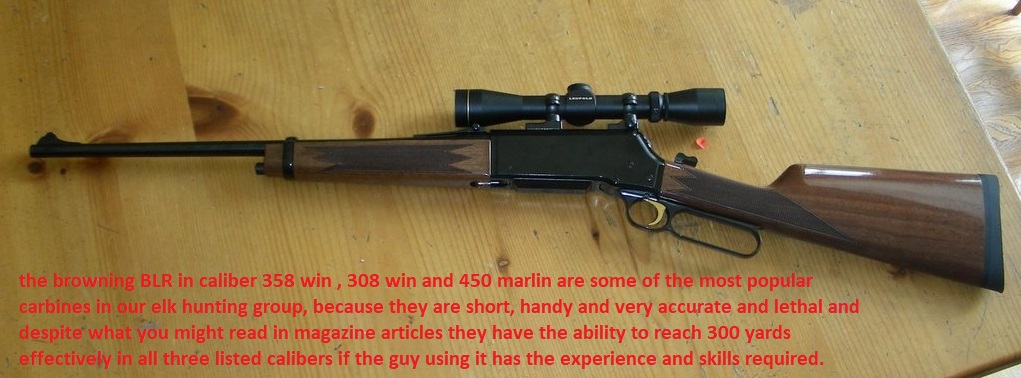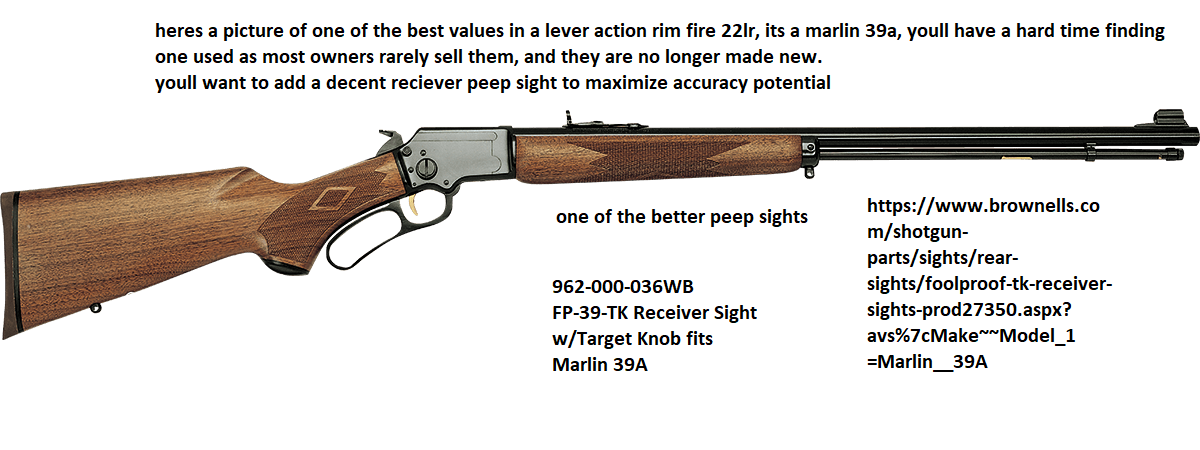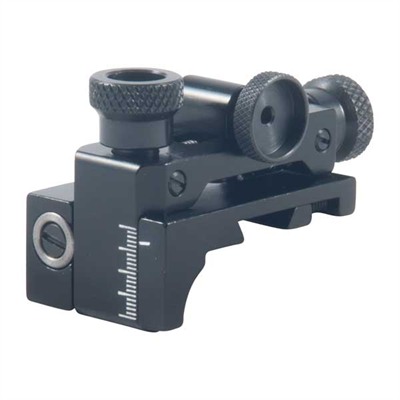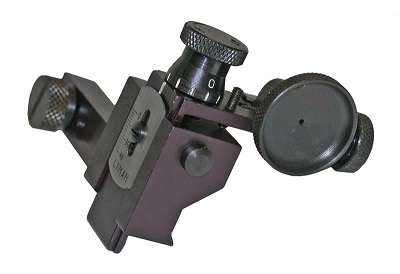it helps a great deal to have a GPS for what should be very obvious reasons.
get and use a decent back-pack
carry a note book and pen and camera, that stores digital pictures , carry extra batteries, carry water, Toilet paper a cell phone
game does not report to a certain location at a set time, (no bus to catch too work, no restaurant seating hours.
they move due to changes in hunting pressure,
changes in food sources,major environmental changes,and mating season and weather.
the more time you spend becoming familiar with the area youll hunt the better your grasp of the wildlife and how it spends its time and where it spends that time,
game will detect you about 80% more often than you detect game, observe by finding a concealed area and sitting, it will take 30-45 minutes for the natural process to resume.
learn the local food sources, be aware of changes, oaks don,t drop acorns all year.
will be to your benefit, wear a watch take notes and what I do is divide the map of the area into roughly 1/8 mile grid squares,
label them A-Z then you can make readable notes like
"8 am, oct 12, zone G- kicked up 3 does, found several game trails converge south of oak stand 30 yards from north end of canal" or
"11Am zone D,oct 28, found perfect tree for climbing stand for winds from north, over mixed myrtle and oak, lots of hog digging sign "
"5pm zone C oct 26 large oak grove obviously torn up by hogs"
organize notes by zone, and month on your home computer data base
learn to be a damn good shot from field positions (shooting skeet also helps)
you can aimlessly and randomly wonder around like most "hunters"and occasionally see game
or you can up your odd markedly by understanding where when and why game move and where they are more likely to be.
youll also up your odds by getting in before dawn and hunting till after dusk.
http://www.northamericanwhitetail.com/land-management/whitetail-101-what-do-deer-eat/
http://www.wideopenspaces.com/whitetail-bucks-favorite-wild-foods-pics/
http://edis.ifas.ufl.edu/uw121
https://www.mossyoak.com/our-obsession/blogs/deer/deer-hunting-in-florida
https://www.qdma.com/know-native-deer-foods/
after a few dozen trips youll get a clearer mental picture of the area
after several seasons youll know pretty much where to set up a stand to have an excellent chance of success,
as youll have a good grasp on how and when game moves,
if theres been a grass fire or the game department used a dozer to cut a new dirt road through the area,
or the adjacent farm burned sugar cane or it rained enough that your walking through knee deep water most of the time
, it will effect the game travel patterns
tips
be paitient, get a good stand location, relax be observant,
have a quality set of 8x or 10x compact binoculars
never leave your stand over time someone will steal it
never piss near your stand
the higher the tree stand , generally the more area you can observe
wear a safety tree stand fall harness, let the wife know the grid (s) on the map your likely to hunt
charge your cell phone, ideally have a spare battery or battery charger
put a sling on your rifle use a cartridge holder butt sleeve
ideally youll want a pack large enough to carry most of the boned out meat from a deer.
heres a quick memory jog list, for hunt day pack
(remember you might be forced to stay out over night, & weather is unpredictable)
skinning knife
kukri
compact blade sharpener
compass
area topo maps
large canteen
licences
cell phone
several lighters
several mil surplus trioxane heat tabs
granola bars
rain poncho
mosquito repellent
2 gallon zip lock bags
small block & tackle hoist & rope
(50 ft parachute cord)
spare ammo
toilet paper
alcohol hand wipes
heavy hoodie jacket
get the largest and strongest cooler you can afford, keep it in your car or truck and throw a bag or two of ice in it every morning to keep a couple plastic gallon milk jugs you freeze solid before each trip from melting , then place a few sodas or gator-aid bottles in it, if you get lucky and drop a deer you place the number of 2 gallon zip loc bags of meat in the cooler to prevent spoilage untill you can get home, and properly process and label the meat packages.
coleman sells a usable fairly cheap,120 quart for $65, if you have the cask pelican, grizzly and others sell premium coolers but they cost $260-$600
the cheap cooler will work on one or two day hunts if filled with frozen milk jugs
http://www.outdoorsmantime.com/best...MIovW377O_2wIVEb7ACh3HwwC4EAAYASAAEgLt7_D_BwE
you,ll want to have your hands free to carry the stand, and do other things at times,
and you may not want to place the rifle on wet ground,or lean it on a tree where it might fall,
hence the sling and ammo sleeve help.
proper practiced use of ,a sling helps rifle accuracy, a great deal on off hand, or sitting shots
and you want ammo where its always accessible and your very unlikely to leave it home, by mistake,
or be forced too rummage through pockets or the pack to find it quickly.
its being careful , thinking about what might go wrong,and not making little mistakes that helps prevent larger issues.
btw if you take a shot and the deer runs as if its not hit, be aware that even a mortally wounded deer can at times run 40-80 yards before dropping , never assume you missed!
deer are not difficult to kill if the shots well placed but that does not mean they all drop on bullet impact., your 308 win loaded with soft point 150-165 grain bullets will do a very good job provided you place shots well.
https://www.midwayusa.com/product/1018455268/butler-creek-quick-carry-sling-with-swivels-nylon
http://marylandbucks.com/where-to-ai...hitetail-deer/
https://tpwd.texas.gov/education/hun...ifle-positions
http://www.handloads.com/loaddata/default.asp?Caliber=308%20Winchester&Weight=All&ty pe=Rifle&Source=
https://www.speer-ammo.com/bullets/r...65-sptz-bullet
varget and
WW748 powders, the speer 165 grain bullet and a 215 fed primer work well.
the basics are simple you'll need to learn to be able too,
consistently find game on a regular basis,
and once found you need to be able to quickly place lethal shots precisely.
knowledge of where and when the game travel and skill with your equipment helps immensely.
being able to see down between the brush and optically cover a very large surface area (several acres)from an elevated tree stand helps in both cases
The “Hasty Sling”

One way to steady shots when you don’t have rest is by using your rifle sling to create tension between your arm and the rifle. This technique is called the “Hasty Sling” and can be employed in each of the four shooting positions. As with the shooting positions, practice the Hasty Sling so you are confident using this technique.

If you are right handed, hold the rifle out with your right hand and let the sling hang down.
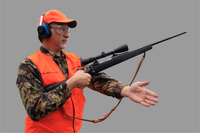
Place your left arm through the opening, above the sling and below the rifle.
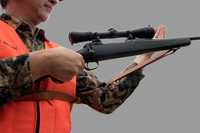
Next, raise the left arm up and behind the sling.
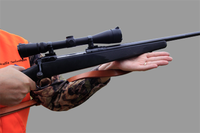
Then slip your hand back over the sling and grasp the forestock of the rifle.
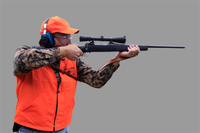
Shoulder the rifle as you normally would.
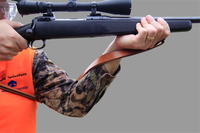
If the sling is at the correct length, the resulting tension created when you shoulder the rifle will steady your hold.
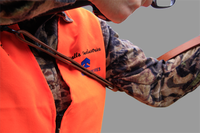
With the rifle held to the shoulder, the rear portion of the sling will cross your chest.
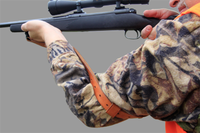
The sling will wrap around the outside of your left arm, near the elbow, pass over the crook of your arm and inside your forearm. The forward end of the sling will be on the back side of your left hand.
Your position should not be cramped or cause you to adjust. It should be comfortable and snug. If it is not, you will need to adjust the length of your sling.
Like with most things in life the more effort you put into honing increased skill, and increasing knowledge the better your results,tend too be,
experience counts.
statistically about 25% of the hunters are consistently successful, they tend to be a bit more serious about learning the skills required than the 75% who rather aimlessly wonder and occasionally run into a deer.
it will take some effort on your part, but if your willing to do the research, and spend dawn till dusk in the field, on several weekends,
in most areas, honing your skills even a first year hunter,
will have little trouble killing a couple deer with a 308 win in florida, that is certainly something you can accomplish.
btw it helps to concentrate your initial searches for game and game trails in the "EDGES"
places where theres an obvious change in the terrain,
like stream banks, places where grass meadows meet myrtle, oak or cypress groves,
or where open grass fields butt up to palmetto scrub.
deer don,t want too need too push thick palmetto brush, or saw grass or walk chest deep in water any more than you do,
but will do so to get away from hunting pressure in a heart beat.
look for semi-open areas that provide cover and feed,look for areas that don,t have easy road access.
if you have to cross a stream or drainage ditch, or walk 1/2 mile to get access,
to get there its a good bet many hunters will not hunt the area.
or where open grass fields butt up to palmetto scrub.
a great deal of Florida wild life management area terrain is subjected too,
occasional and irregular cycles of drought and flooding and occasional wild fires.
if your serious about being far more successful than average take the time and effort,
to call and talk to the local fla fish & wildlife biologist and game wardens, be polite
have a list of reasonable and specific questions
AFTER YOU CAREFULLY READ THE ARE REGS, GET THE AREA BROCHURES, AND BUY A TOPO MAP
like
what are the deer populations in area (XYZ)
what are the deer primarily feeding on in area (xyz)
when is the rut, in XYZ
http://myfwc.com/viewing/recreation/celebrate75/
http://myfwc.com/hunting/by-species/deer/
http://myfwc.com/hunting/by-species/deer/dmu/
http://myfwc.com/hunting/by-species/deer/get-started/
http://myfwc.com/hunting/harvest-reports/region/
http://www.mytopo.com/products/public-land-state.cfm?state=FL
I can,t be the only one on this web site to spend 40 -50 years hunting in Florida,
wheres the other knowledgeable old experienced geezers ,
who are willing to, help the younger generation out, by adding too hunting tips?
http://www.mytopo.com/products/public-land-state.cfm?state=FL
https://www.fieldandstream.com/answers/rifles/what-is-best-caliber-for-hunting-deer-in-florida
http://www.floridasportsman.com/2018/04/12/five-essential-florida-hunting-firearms/
https://survivallife.com/florida-hunting-laws-regulations/
btw
my BLR in 358 win is very well represented
no one can possibly be expected too unfailingly select someone elses favorite hunting rifle,
there are always other factors , unknown experiences and other options ,
and while I've used a marlin 44 mag and 45/70 expensively with good results,
I'm certainly open to trying other rifles, but that being stated,
I've consistently found,
the browning BLR in calibers, 257 Roberts, 358 win and 450 marlin to be head and shoulders above any marlin I've ever owned when it comes to consistent repeatable accuracy.
match that BLR to a high quality optic and you have a very lethal combo, Id be much happier with a BLR than a marlin personally.
now theres not a darn thing wrong with a marlin 45/70 marlin, that will keep consistent 1.7"-to-2" three shot, 100 yard groups throwing a 350 grain bullet at about 1700 fps, Ive had several guys in my hunting club use one to drop elk.
but my 450 marlin has consistently been more accurate (not that it really matters if it shoots 1"-to-1.2" three shot hundred yard groups.) and a 405 grain remington pushed to about 1800 fps has been very impressive
but theres two guys in my group of friends that have used a 358 win blr to kill elk for decades, in fact one guy preferres to use nothing else and my late hunting partner collected 16 elk over 35 years with his 358 win loaded with speer 250 grain bullets over 44 grains of IMR 4064
as is my 257 roberts ruger
my 44"barrel hawken style 58 caliber rifle with a round patch ball and 100 grains of 1f powder devastates deer
your rifle of choice is far less critical to success than your skill using it,
damn near any centerfire rifle you can accurately use will work,
most of my friend use marlin 44 mag, 45lc, or 30/30 or 45/70 lever actions,
and your ability to locate game, consistently,not the rifle caliber is the critical skill.
and shots tend to be under 100 yards in most areas
some guys prefer bolt actions,some guys like semi autos,
thats fine you'll rarely need a fast second shot or longer range power, from what I've seen.


